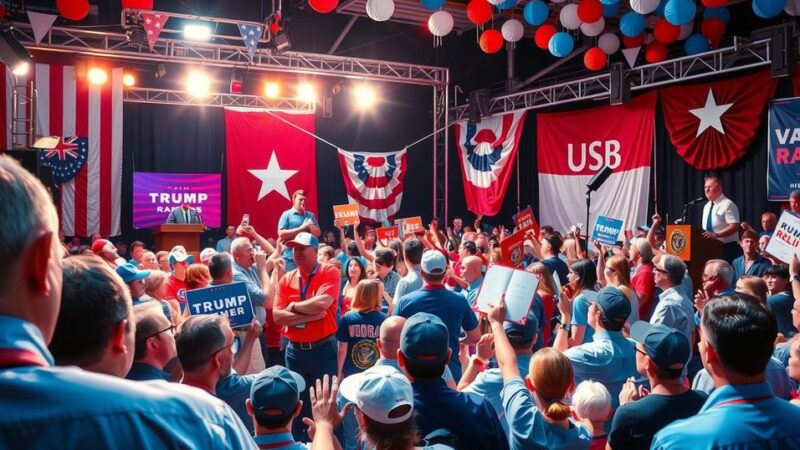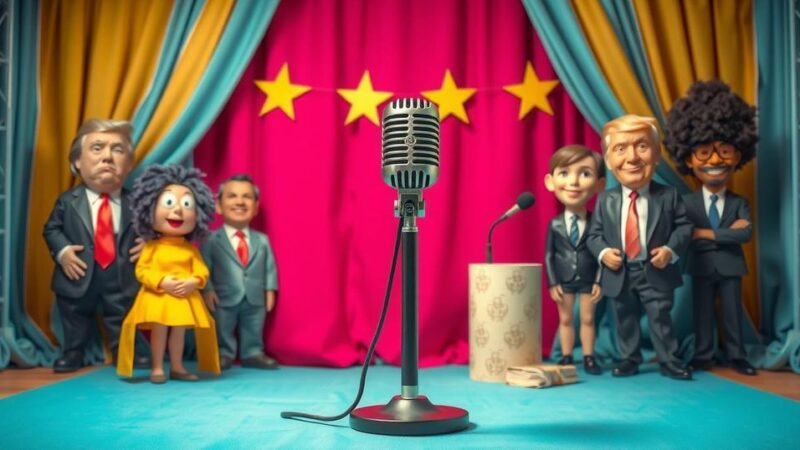The Mystique of Independent Voters Revealed
Independent voters are a fascinating and often misunderstood group, especially as we gear up for the 2024 election. Political campaigns and news outlets are buzzing about these individuals, who feel no allegiance to the Republican or Democratic parties. Despite the critical sway this group might hold in shaping election outcomes, complexities surrounding their identity and preferences make it a bit of a puzzle for analysts and politicians alike. To shed light on this, The Conversation U.S. has shared a few enlightening pieces that delve into who independent voters really are and why understanding them isn’t straightforward.
Understanding the Uncertainty of Their Numbers
According to Thom Reilly, a public affairs professor at Arizona State University, defining independent voters isn’t as cut and dry as it may seem. Many surveys prompt respondents to declare their political identity as either Republican, Democrat, or independent. This can become murky, since independents might lean towards one party, muddying the waters of what it truly means to be independent. Additionally, Reilly notes that some individuals change their political identification frequently, calling for a re-evaluation of the conventional two-party lens through which many view American politics. These shifting allegiances further complicate researchers’ and the public’s understanding, leaving us questioning: Just how many independent voters are out there?
Personal Experiences Shape Independent Views
Independents often take pride in formulating their opinions based on personal experiences, unlike their partisan counterparts. As highlighted by scholars Shanna Pearson-Merkowitz and Joshua J. Dyck, Democrats and Republicans tend to align their views with the messages from party leaders rather than their own life situations. For instance, independents exposed to high gun violence rates show more concern for the issue than those from safer areas. Meanwhile, both Democrats and Republicans remain unfazed by their surroundings, with their perceptions shaped largely by party narratives. This illustrates a broader truth: politics for independents remain deeply personal and locally informed, unlike for others.
The Engagement Challenge for Independents
Despite their potential influence, independent voters often disengage from the political scene. Research by Julio Borquez reveals that pure independents, showing no partisan leanings, are significantly less likely to vote than those who hold strong party affiliations; during 2020, their turnout lagged about 20 percentage points behind. This group seems to shy away from political discourse and is often turned off by party conflict. Interestingly, they prefer visuals of non-political environments, opting to avoid the partisan noise associated with visible campaign signs. This begs the question: will 2024 see these independents staying home or seizing the opportunity to make their voices heard?






